Leather is a timeless and versatile material that has been cherished for centuries. It exudes elegance, durability, and a touch of luxury. However, the market is flooded with various faux leather alternatives, making it crucial to know how to distinguish genuine leather from its synthetic counterparts. In this guide, we’ll walk you through the key differences and offer you a premium source for authentic leather at Shamim Leather Industries.

1. The Smell Test
Real leather has a distinct, earthy, and pleasant smell. When you bring it close to your nose, it should have a natural, animal-like aroma. Faux leather, on the other hand, often emits a chemical or plastic scent due to the synthetic materials used in its production.
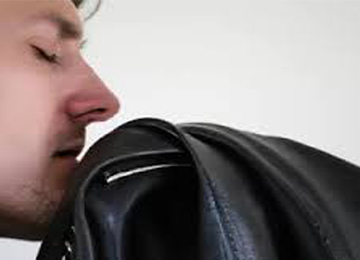
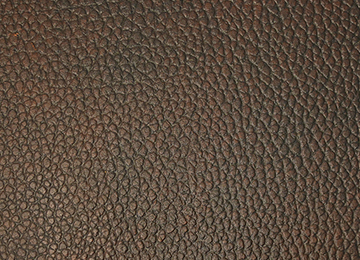
2. Texture and Grain
Authentic leather showcases unique textures and grain patterns. It’s not uniform and may have imperfections, such as scars or wrinkles, which add to its character. Faux leather, being man-made, usually features a consistent texture and lacks the natural irregularities of genuine leather.
3. Temperature Sensitivity
Leather is a natural material that responds to temperature changes. When you touch it, real leather should feel cool in summer and warm in winter. Faux leather remains relatively constant in temperature, as it doesn’t have the same breathability as genuine leather.
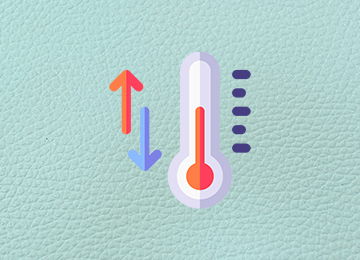
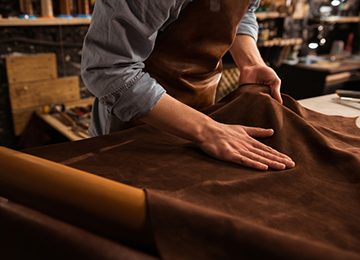
4. Flexibility and Softness
Real leather becomes softer and more pliable with time and use. When you bend it, it should crease and develop a unique patina over the years. Faux leather tends to maintain its stiffness and may crack or peel when folded repeatedly.
5. Water Absorption
Genuine leather has a degree of water absorption, and when a few drops of water are placed on it, they’ll be absorbed or leave a temporary mark. In contrast, water tends to bead up on the surface of faux leather, as it lacks the porous nature of real leather.
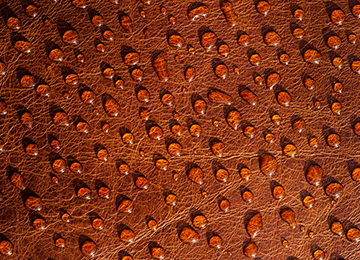
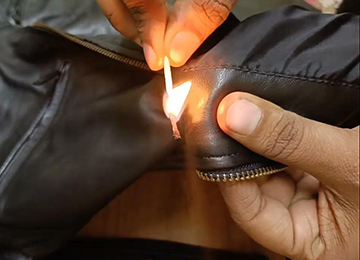
6. Burn Test
A burn test can help distinguish between real and faux leather. Cut a small, inconspicuous piece of the material and carefully ignite it with a flame. Real leather will produce a smell similar to burning hair, while synthetic leather will emit a chemical odor.
7. Label and Price
Check the label and price tag of the product. Genuine leather items are usually pricier than their synthetic counterparts. However, be cautious, as some products may be labeled as “leather” when only a portion of them is made from genuine leather. Inspect the product closely for authenticity.
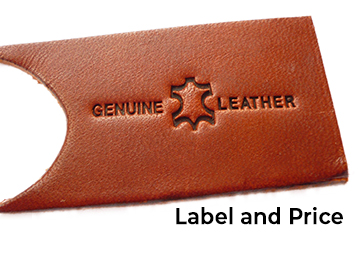
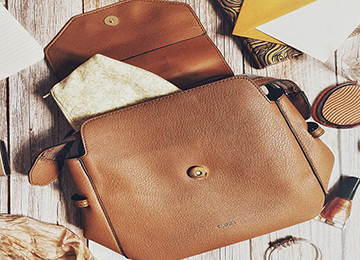
8. Edge and Backside Examination
Examine the edges and backside of the material. Real leather often has rougher, unfinished edges, while faux leather tends to have smoother, more polished edges.
Upsell: Shamim Leather Industries - Your Source for Authentic Leather
When it comes to ensuring the authenticity and quality of leather, look no further than Shamim Leather Industries. With over 30 years of experience in the leather tannery business, we have established ourselves as a trusted name in the industry.
At Shamim Leather Industries, we take pride in producing genuine leather products crafted from cow hides and buffalo hides. Our commitment to excellence is evident in the unique textures, rich aromas, and exceptional durability of our leather. With state-of-the-art Italian machines and a dedication to sustainable practices, we guarantee that every piece of leather we offer is of the highest quality.
Whether you’re in search of full-grain, top-grain, or buffalo leather, our extensive range of products caters to a variety of needs. We understand that discerning consumers like you demand authenticity, and we’re here to deliver it.
Make the right choice by choosing Shamim Leather Industries for all your leather needs. Experience the luxury and authenticity that only genuine leather can provide. Contact us today to explore our collection or discuss custom solutions tailored to your specific requirements. Don’t settle for imitation; choose Shamim Leather Industries for the real deal in leather craftsmanship.
